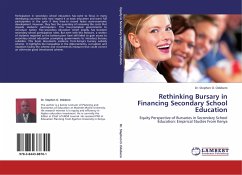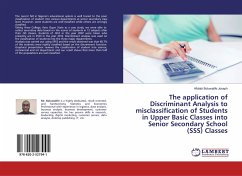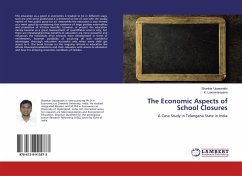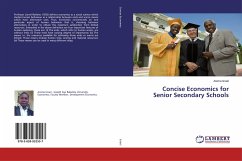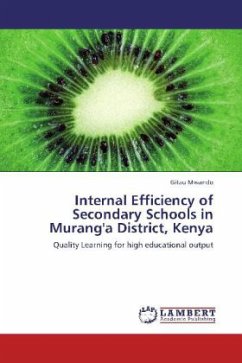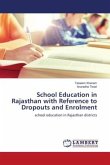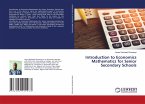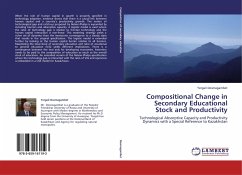Participation in secondary school education has come to focus in many developing countries who now regard it as basic education and want full participation in the cycle if they have to record faster socio-economic development. However, they face the quandary of removing the costs that impede students' participation. This has prompted governments to introduce tuition free secondary education which largely, has boosted secondary school participation rates. But even with this measure, a section of students regarded as the bottom poor have still failed to gain access to secondary school education prompting governments to introduce bursary subsidies. This book documents evidence from Kenya's bursary subsidy scheme. It highlights the inequalities in the disbursements, curruption and nepotism facing the scheme and recommends measures that could correct an otherwise good intentioned scheme.
Bitte wählen Sie Ihr Anliegen aus.
Rechnungen
Retourenschein anfordern
Bestellstatus
Storno

